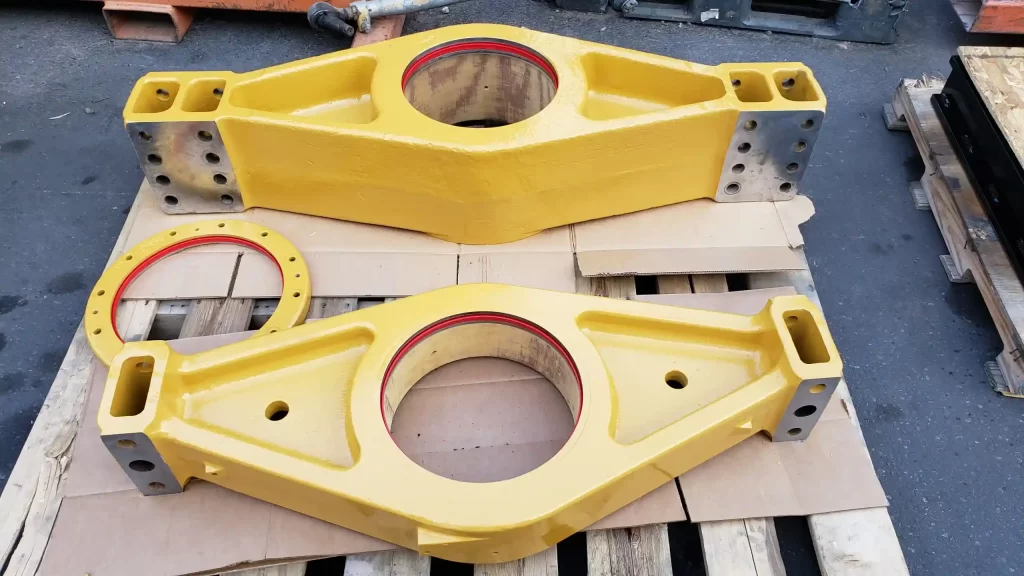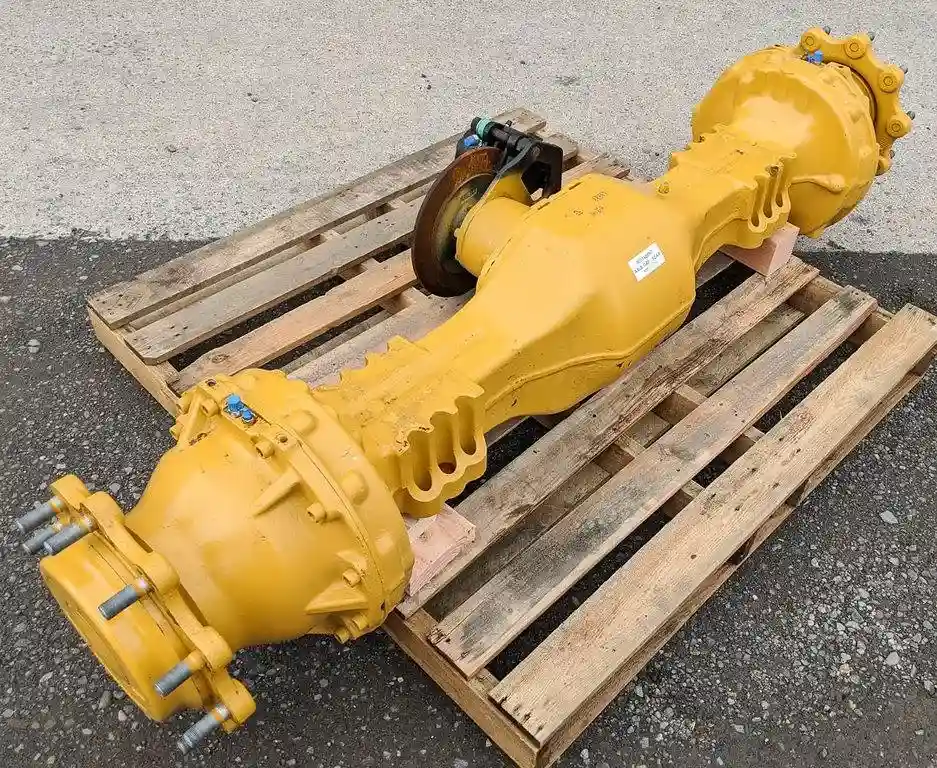Caterpillar Axle: Definition, Functions, Types, and Maintenance
The Caterpillar axle is a crucial component in the drivetrain of heavy equipment, functioning as the wheel shaft that supports the vehicle’s weight and ensures smooth movement and stability during operations. Designed to handle enormous loads, the axle is essential in industries such as construction and mining. Understanding the definition, functions, types, and maintenance of Caterpillar axles is key to keeping your heavy equipment operating safely and efficiently.

Definition of Caterpillar Axle
An axle on Caterpillar heavy equipment is the shaft that connects the wheels to the drivetrain and the vehicle frame. It transfers power from the engine to the wheels and supports the overall weight of the heavy equipment and the loads being transported. These axles are made from highly durable materials to withstand the extreme pressure involved in heavy-duty operations.
Functions of Caterpillar Axle
Caterpillar axles have several important functions, including:
Transmitting Power from the Engine to the Wheels: The primary function of the axle is to transfer power from the engine to the wheels, enabling the heavy equipment to move forward or backward efficiently.
Supporting Vehicle Load: The axle helps bear the overall weight of the vehicle as well as the load it carries, ensuring the vehicle remains stable during operation.
Allowing Wheel Movement: The axle also allows the wheels to move according to the vehicle’s needs, including turning, lifting, or transporting loads.
Absorbing Shocks: In rough terrain conditions, the axle helps absorb shocks from the road or rugged surfaces, ensuring a smoother and safer operation.

Types of Caterpillar Axles
There are several types of Caterpillar axles commonly used, depending on the type of heavy equipment and its application. Some of the common types include:
Front Axle: Typically used to support steering and maneuverability, the front axle also bears part of the vehicle’s load and provides stability.
Rear Axle: The rear axle is responsible for bearing most of the vehicle’s load and transferring power from the engine to the rear wheels.
Live Axle: Used in equipment with a dynamic drive system, this axle transfers power directly from the engine to the wheels, enabling motion.
Dead Axle: This type of axle does not transmit power to the wheels but instead supports weight and provides stability.
Maintenance of Caterpillar Axles
Proper maintenance will extend the life of the axle and ensure that heavy equipment operates efficiently. Here are some maintenance steps to follow:
Regular Lubrication: Use the correct lubricant at regular intervals to reduce friction within the axle system, preventing wear and tear.
Leak Checks: Inspect for any oil or lubricant leaks around the axle. Leaks may indicate damage to seals or bearings, which should be repaired immediately.
Replacing Worn Components: Components like seals and bearings should be replaced periodically or when they show signs of wear. Replacing worn components will prevent further damage to the axle.
Routine Cleaning: Keep the area around the axle clean from dirt, mud, or debris that could affect the axle’s performance and cause long-term damage.
Checking Bolts and Fasteners: Ensure that all bolts and fasteners on the axle system are securely tightened to maintain the safety and stability of the heavy equipment.
Conclusion
The Caterpillar axle plays a vital role in heavy equipment operations, with functions that include power transmission, load support, and vehicle stability. By understanding the types of axles and implementing proper maintenance, you can ensure that your Caterpillar heavy equipment operates efficiently and safely. SSC Works is ready to assist you with the maintenance and repair of Caterpillar axles, ensuring that your heavy equipment remains in peak condition and ready to tackle daily operational challenges.

